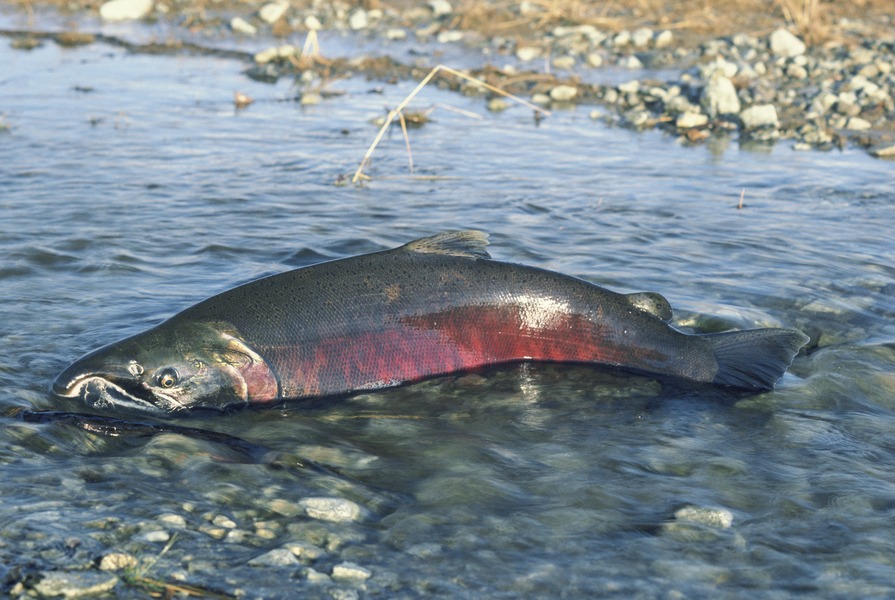The tyre recycling sector has long been exercised by issues around proposed bans on crumb rubber infill. Initially, this was based around European Chemicals Agency Risk Assessment Committee (ECHA RAC) concerns about the PAH content in tyre crumb infill.
However, moves to reduce the PAH content in new tyres resulted in a knock-on reduction in PAH from used tyres and crumb rubber infill. The outcome of that ECHA RAC investigation was that there was no significant risk, but the parameters for PAH content in tyre crumb infill were reduced to the point of being almost negligible.
The next round that the tyre recycling sector has to face is the proposed ban on crumb rubber infill due to inclusion in the intentionally added microplastics ban. This was discussed in some detail in the previous issue of Tyre and Rubber Recycling, where we spoke to Poul Steen Rasmussen from EuRIC and Genan, and Ettore Musacchi from ETRA. Both voiced concerns that the industry had not been listened to and that evidence that the losses from artificial turf were minimal and could be further constrained by proper containment measures.
The biggest issue is that of unintended consequences. If the ban goes through, Europe needs to find alternate domestic recycling for tyres, or else 400,000 tons a year will be destined for unverified disposal outside Europe. That could set off a domino effect as the existing markets for European waste become overloaded and receiving nations take their own action to restrict imports.

The crumb rubber issue is far from clear-cut, even if the ban is not imposed.
In 2018, The Daily Telegraph ran an article on the cancer-related concerns around crumb rubber. It quoted Mark Murfitt, owner of Murfitt’s industries, as saying that “Rules allowing such granules to contain 100 times the amount of known carcinogen benzo(a)pyrene (BaP) than the artificial grass on which they sit – and even the tyres from which they’re made – as “not tenable.”
As mentioned in the initial ECHA RAC move to ban crumb rubber on the basis of its PAH content, the limit on PAH content set by the EC is 100mg/kg of PAH permitted in crumb rubber. This is considerably higher than the 1mg per/kg permitted in new tyres (but who is checking?). It can be argued that this higher level in recycled rubber has to be allowed in order to accommodate older tyres in the source material for crumb rubber. But nonetheless, the level is 200 times higher than the allowed PAH content in children’s toys and much higher than is allowed in the plastic in the artificial turf carpet. That is a question for the legislators and the industry to address.
The crumb rubber industry, through ETRA and EuRIC and other bodies, has always argued that the chemical content of the crumb rubber is bound into the crumb, and that it is not accessible. To a point, there is logic in that argument. Tyre rubber does not easily break down; in fact, it is said that a tyre dumped in the environment may last over 100 years or more. That tyre, though, does deteriorate through the actions of the weather, expansion and contraction, exposure to UV light, and the action of algae, mosses and such. If the tyre deteriorates over time, then it must, one has to presume, be releasing leachates into the environment.
There have been many studies into the health impact of crumb rubber in artificial sports fields, and the vast majority come out with a favourable view of the material. Campaigners against crumb rubber infill claim that the studies initiated by the rubber industry would, of course, be favourable. However, researchers often find on the optimistic side of their hypothesis. So, setting out to discover if a material is a risk will often have a different outcome from setting out to find if there is a risk from that material.
An Italian study in 2014, for which nine synthetic turf fields were examined, found that children in crucial growth stages might be exposed to toxic chemicals when materials evaporated at high temperatures. In addition, the study stated that the release of PAH continuously occurs, rendering the turf unsafe for public health.
The anti-crumb rubber campaigners refer to cases that are alleged to be linked to the use of artificial sports fields. It takes a short Google search to uncover cases or alleged cases linking crumb rubber to cancers in sports players.
In a 2018 study: Evaluation of potential carcinogenicity of organic chemicals in synthetic turf crumb rubber, the researchers found, through a literature review, 306 chemical constituents in tyre rubber, of which 197 met the study’s carcinogen criteria. Of those, 52 were classified as known, presumed, or suspected carcinogens by both the USA EPA and the ECHA.
The study identified priority carcinogens, including benzene, benzidine, benzo(a)pyrene, trichloroethylene and vinyl chloride.
The ECHA state, regarding benzene (which the author recalls from a basic chemistry lesson some 50 years ago as carcinogenic) – “Health concerns of benzene are due to repeated dose toxicity, mutagenicity and carcinogenicity. Indirect exposure of humans through the environment occurs predominantly through the air… …Due to benzene’s genotoxic and carcinogenic effects, no safe level of exposure can be recommended.”
In 2019 The European Risk Assessment Study on Synthetic Turf Rubber Infill concluded, after extensive testing, that there was no risk. “The study could not find any noticeable health risks associated with this, despite conservative calculations of high exposure,” said Dr Klaus Schneider, responsible for the study and toxicologist/chemist at Forschungs und Beratungsinstitut Gefahrstoffe GmbH in Freiburg.
Now, we cannot have it both ways; either crumb rubber poses a risk, or it does not. But if it poses a risk, can that risk be managed? The containment measures proposed by EuRIC and ETRA, amongst others, would keep the microplastics out of the environment or reduce the environmental loss to a minuscule level. However, if the argument against the use of crumb rubber is its toxicity, then no amount of containment will reduce that risk to players.
Is there a risk of tyre toxicity?
That depends upon whose study you read. The jury is out on the toxicity of leachates from tyres in fresh or salt water – but Tyre and Rubber Recycling reported recently on studies from Washington State of the impact of Quinone 6PPD on Coho Salmon fry.
6PPD is an antioxidant and antiozonant that helps prevent the degradation and cracking of rubber compounds caused by exposure to oxygen, ozone and temperature fluctuation. 6PPD is used industry-wide to help tyres resist degradation and cracking, which is vital for driver and passenger safety. In addition, antioxidants support increased tyre endurance. There are no known alternatives to 6PPD that provide the same safety and performance characteristics in a tyre.
The challenge arises for the wider tyre industry in that tyre wear dust containing 6PPD is washed into the waterways. In addition, there is some evidence linking 6PPD-Quinone (a derivative developing from 6PPD) with the death of Coho salmon.

At the 27th- ETRA conference in Brussels, Nick Molden, from Emissions Analytics UK, discussed the issues arising from tyre wear dust and pointed out that the wear particles were so small that they were found to not only contaminate the watercourse. However, much actually is absorbed in roadside land, but the finest of particles become airborne and can be inhaled by humans and animal life.
The issue of 6PPD and its Quinone derivative is known to the tyre industry: The USTMA in Washington, D.C., provided tyre samples and information to the Washington researchers as part of the study. After the findings were released, the association joined various environmental groups and agencies to petition the state to review the chemical.
“We are pleased that there have been many advancements in the body of research on 6PPD-Quinone,” said Sarah Amick, a vice president at the association. “However, many data gaps still remain, so we remain committed to collaborating with researchers, regulators and stakeholders to fill these knowledge gaps and help find a viable alternative to 6PPD that does not compromise tyre performance or driver safety and also ensures environmental safety.”
Image 4

The USTMA also recently announced that it supports the proposed rulemaking released by the California Department of Toxic Substances Control to designate 6PPD in automobile tyres as a priority product for review under the state’s Safer Consumer Products green chemistry programme.
The implication is clear. If 6PPD is released in tyre dust, it can also be released from crumb rubber infill, and if the derivative Quinone 6PPD is created, then there is a health risk – if it can kill young salmon, what other impact could this have?
The evidence is circumstantial
In the UK, there have been alleged cases of crumb rubber giving rise to pollution of the watercourse. (Though the EA, SEPA and Natural Wales have no records showing such issues) The most prominent is that of the runoff from a 3G pitch at Homewood School. Here a 3G pitch was installed at a school, and the contractors advised the planners that the existing drainage would be sufficient to carry the run-off in heavy rains.
The previous grass fields allowed slow, natural drainage, and the overflow would seep into the local watercourse with no adverse impact. However, the coming of the 3G pitch changed all that. Of course, one of the advantages of an artificial pitch is that it drains quickly, in this case, that led to an overflowing of the allegedly undersized public drainage and flood water overflow from the 3G field into a local waterway.
According to the owner of the waterway, Mr Malcom Truman, the pond, previously teeming with flora and fauna, became a sterile wasteland – the fish and amphibians died off, the lilies and weed died back, and the ducks and geese abandoned the waterway. Truman has carried out simple tests on the water and believes that the run-off from the 3G pitch has decimated his wildlife pond and contaminated the local waterway.
Truman looks at his contaminated pond and the 3G pitch across the road, and he believes that the two are linked.
There is clearly more to Truman’s pond and the 3G pitch than we can discuss here, involving alleged errors in planning, at least. However, if the Environment Agency were to investigate this pollution incident, and if they were to find that Truman’s allegations were upheld, that would be a massive shock to the UK tyre crumb sector, if not the EU tyre crumb sector.
It is worth noting here from the Environment Agency PAS107 protocol for tyre-derived materials, in reference to artificial pitches: “Steps should be taken to ensure that no pathway exists for surface water run-off directly into watercourses. However, if this is not possible and a potential pathway is found to exist, you should:
– ensure adequate dilution at the receptor (e.g. fast flowing watercourse);
– contain any potential leachate and treat in the same manner as sewage; and
– where practical, contain all loose tyre-derived rubber materials using appropriate barrier methods (e.g. lining, kerbing) to prevent free release into the environment.”
This suggests that there is a concern from the Environment Agency about crumb rubber and its leachates in the environment.
Ultimately, decisions have to be made by governments. Decisions about how to handle end-of-life tyres and create a sustainable, long-term solution in partnership with the industry to ensure that the future for the industry and our sportsmen, young and old, is unquestionably safe.




















